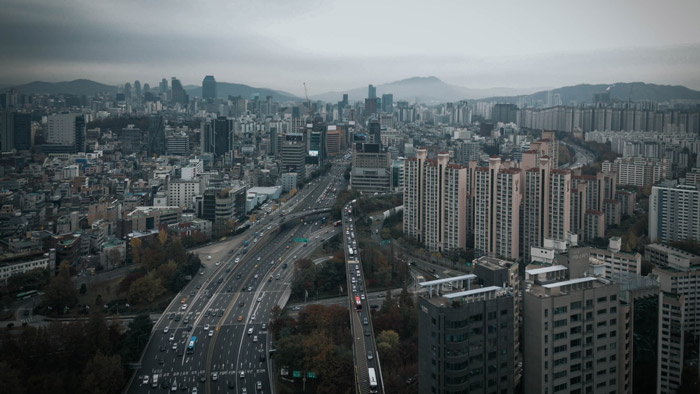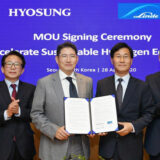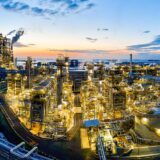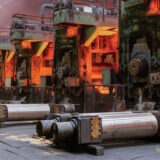
South Korea’s lubricant demand posts 10-year low in 2019
Lubricant consumption in South Korea, the eighth-largest lubricant market in the world, fell to a 10-year low of 889,600 tons in 2019, according to the Korea Lubricants Industry Association. Over the past 20 years, South Korea’s lubricants consumption has remained at nearly 1 million litres per year.
The decline was attributed to numerous external factors including the trade dispute between South Korea and Japan, the U.S.-China Trade War, lower consumer confidence, and the slowdown in economic growth in developing economies.
According to the report, compared with the 1.04 million kiloliters in 2018, South Korea’s total lubricant sales volume fell 4.6% in 2019, from 1.04 million kilolitres in 2018.
Volume sales of automotive lubricants declined by 0.6% in 2019, while industrial lubricants sales volume decreased by 1.5%. Marine lubricants were hardest hit, as the shipping industry slowed down last year, with sales volume down by nearly 17%.
In 2019, automotive lubricants accounted for more than a third of total lubricant demand in South Korea, which is lower than other countries. The decline in market share of automotive lubricants was attributed to longer drain intervals, the decline in average mileage driven per vehicle, and to some degree, the increase in the penetration rate of electric vehicles in the domestic market.
In South Korea, an average of 15.1 litres of engine oil was consumed per vehicle in 2019, compared to 15.5 litres in 2018.
In 2019, local production of finished lubricants declined by 8% while exports fell by 11%. Major export destinations were China (15.9%), Mexico (15.8%), Japan (14.6%), Russia (5.7%), and Vietnam (4.8%).
The trade association predicts that domestic lubricant consumption in 2020 will remain steady as in 2019 due to the novel coronavirus (COVID-19) outbreak, which is widely predicted to trigger a recession.













